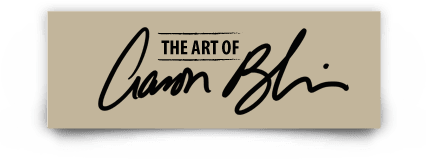Learn why a good design is important. Dive into different designers and illustrator styles, identify opposite contrasting elements and shapes interacting. Design is a lot of manipulation… with purpose
Design Stylization with David Colman

Lessons
02 Input and Educate Part 2
Continue studying different design styles. Keep an eye on the importance of achieving a clear silhouette in your design.
03 Output
Use what you have learned in the previous lessons and design the same subject in three different styles, integrating elements from different artists.
04 Know Your Source
David invites you to use different media for the next exercise, drawing a skull preferably live, from three different angles. The goal is to know better your source.
05 Know Your Source: Style Variations
Use the main shapes of your subject from the previous exercise, and start representing it in different styles.
06 Know Your Source: Animal Reference
Study your source by making several sketches from different angles. Focus your attention on key shapes.
07 Design Everything Part 1
After breaking down the key shapes in your reference, start stylizing them. Keep in mind the elements around the subject’s reality.
08 More Bear Exploration
Explore another style imitating an existing version as your reference. Add your touches to the shapes in this exercise.
09 Bears: Exploring Shape Design
Learn why is important to keep consistent your selection of shapes.
10 Style Variation: Patterns
David talks about the importance of using different techniques to experiment with your stylization while using pastels.
11 Silhouette: Simple vs Complex
Follow the analysis of some famous characters to see the difference between simple and complex silhouettes.
12 Exploring Objects Part 1
Practice style variation on single objects to achieve versatility in design. For this exercise, challenge yourself to select a topic you normally don’t draw.
13 Exploring Objects: Hands
Continue exploring objects. Focus your drawing on representing the gesture, no matter what style you select.
14 Exploring Objects: Trees
Select different graphic styles that appeal to you and use them to represent trees. Exploring the same object in multiple style variations is a good way to develop a very versatile shape language.
15 Appeal is King (or Queen)
Think about your audience and your character when selecting the shape language.
16 Putting it All Together: Scene Design Part 1
Follow David creating a three-point perspective scene, from a loose sketch to add details.
17 Scene Design Part 2
Transform the same scene created previously but using a different selection of shapes.
18 Scene Design Part 3: Never Settle
Apply a bubbly aspect to the three-point scene created while simplifying it.
19 Conclusion
Practice different styles and find enjoyment in the journey while you find your graphic style.
